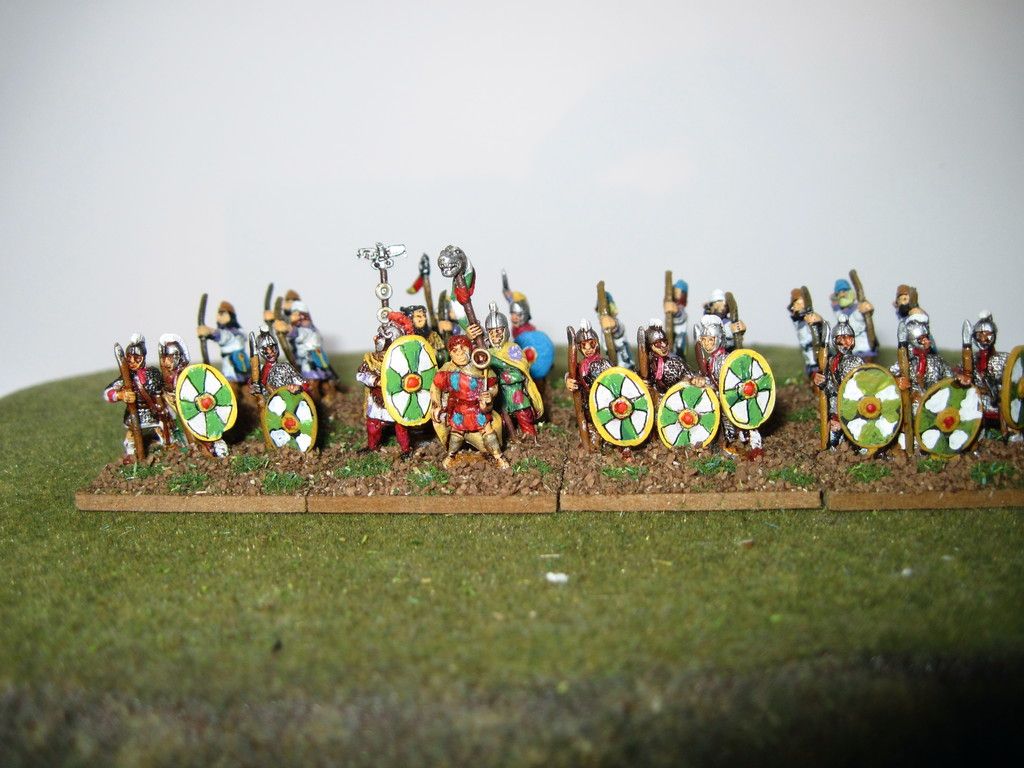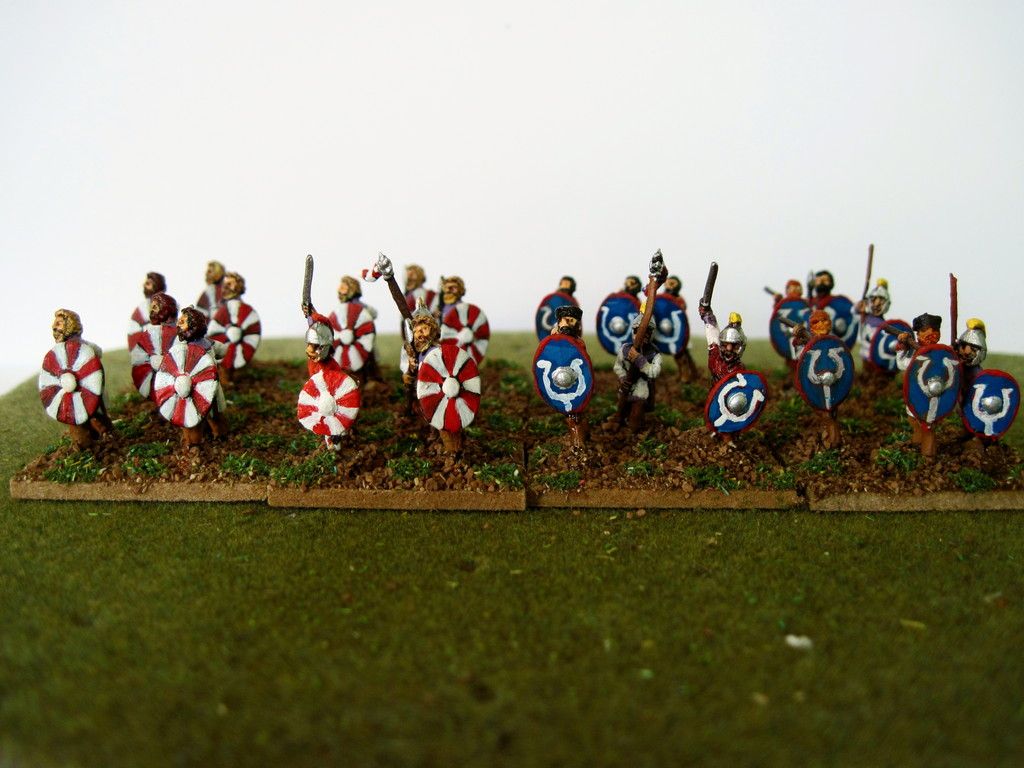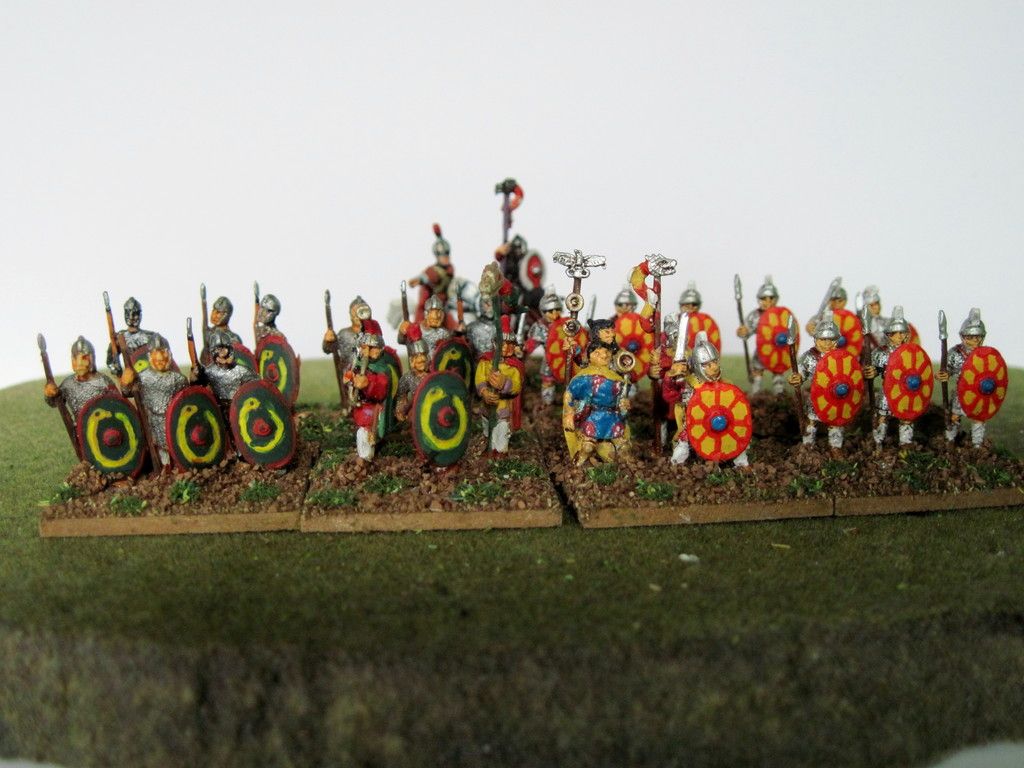The first draft of the main rules is done too and I have four Army Lists in draft Irish, Picts and two Roman armies.
So time for a play test soon I’m particularly
interested to see how the chariots and cavalry Drungus works. I’ll be very
pleased if they both do what I intended.
For the play test I'm going to do a Roman punitive expedition into the lands of the Picts. There will be a lot of Picts so we'll see how the Romans do.
I've refurbished some more Minifigs Picts and they will get an outing. Also I ordered some Donnington Romans for some armoured Auxilia Palatina, artillery and Legion Britones Seniores. Painting the shields of the latter is going to be a challenge - 12 spokes.
For the play test I'm going to do a Roman punitive expedition into the lands of the Picts. There will be a lot of Picts so we'll see how the Romans do.
I've refurbished some more Minifigs Picts and they will get an outing. Also I ordered some Donnington Romans for some armoured Auxilia Palatina, artillery and Legion Britones Seniores. Painting the shields of the latter is going to be a challenge - 12 spokes.










